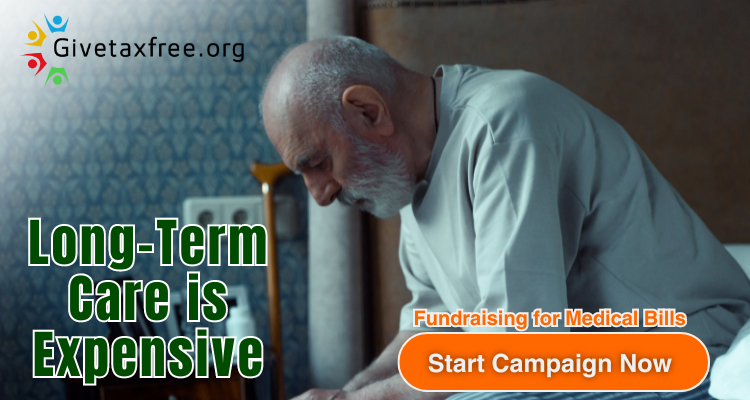Falls are a leading cause of injury and death among older adults, particularly those aged 65 and over. In the United States alone, falls account for over 300,000 hospitalizations and 20,000 deaths annually. However, many of these falls are preventable with the right strategies and modifications.
Understanding the Risks:
Before implementing preventive measures, it’s crucial to understand the factors that increase the risk of falls in seniors:
Age-related changes: As we age, our balance, strength, and vision naturally decline. This can make it more challenging to maintain stability and navigate everyday activities.
Medical conditions: Certain medical conditions, such as heart disease, diabetes, and neurological disorders, can contribute to increased fall risk.
Medications: Some medications, including those for blood pressure, sleep, and pain, can cause dizziness and drowsiness, increasing the risk of falls.
Environmental hazards: Clutter, loose rugs, poor lighting, and slippery surfaces can all create tripping hazards and contribute to falls.
Home Modifications for Safety:
Creating a safe and accessible home environment is essential for fall prevention. Here are some key areas to focus on:
1. Entryways and Hallways:
Clear walkways: Remove clutter, electrical cords, and loose rugs from walkways.
Improve lighting: Install bright lights with switches at the top and bottom of stairs and in hallways. Consider motion-activated lights for additional safety.
Handrails: Ensure sturdy handrails are installed on both sides of stairs.
2. Bathroom:
Grab bars: Install grab bars near the toilet, shower/tub, and next to the sink for additional support.
Non-slip surfaces: Use non-slip mats in the shower and bathtub. Consider a shower chair or bench for added safety.
Bathtub modifications: Explore converting the bathtub to a walk-in shower with a low curb for easier access.
3. Bedrooms:
Nightlights: Install nightlights in the bedroom and bathroom to provide guidance in low-light situations.
Bedside lamp: Keep a lamp within easy reach of the bed for safe nighttime navigation.
Clutter-free space: Avoid storing items on the floor around the bed to prevent tripping hazards.
4. Living Areas:
Secure furniture: Ensure furniture is stable and secure. Avoid using furniture with sharp corners or edges.
Area rugs: Use non-slip rugs or secure them with double-sided tape or rug grippers.
Lighting: Improve lighting in areas with frequent activity, such as the kitchen and living room.
5. General Safety Tips:
Clean up spills promptly: Spilled liquids and food can create slippery surfaces and increase fall risk.
Maintain good housekeeping: Regularly clean and declutter your home to minimize tripping hazards.
Wear appropriate footwear: Choose shoes with good traction and support for walking and standing activities.
Address vision problems: Regular eye exams and proper corrective lenses can significantly improve vision and reduce fall risk.
Additional Strategies:
1. Exercise and Physical Activity:
Regular exercise is crucial for maintaining balance, strength, and flexibility, all of which contribute to fall prevention. Activities like walking, swimming, tai chi, and yoga can be highly beneficial.
2. Medication Review:
Consult with your doctor or pharmacist to review your medications and identify any that may increase fall risk. Discuss the possibility of adjusting dosages or switching to alternative medications if necessary.
3. Assistive Devices:
Consider using assistive devices like canes, walkers, or grab bars to provide additional support and stability during daily activities.
4. Fall Prevention Programs:
Many community centers and senior centers offer fall prevention programs and workshops. These programs can provide valuable information, exercises, and resources to help seniors stay safe and active.
By implementing these fall prevention strategies, seniors can significantly reduce their risk of falls and maintain their independence and quality of life. Remember, a safe and accessible home environment is crucial for promoting well-being and preventing injuries.
Our Website: www.CareBuildersAtHome.com/Minnesota
YouTube Music: Sunspots – Jeremy Blake














![Shooting and stabbing at 1st Amendment demonstration leaves 1 person dead [Video]](https://accidentrecoverygiving.com/wp-content/uploads/2024/07/mp_471715_0_yahoodefaultlogo1200x1200png.png)
![Woman fatally shot in back by man claiming self-defense, authorities say [Video]](https://accidentrecoverygiving.com/wp-content/uploads/2024/07/mp_466017_0_1c101c2ab45c4b8cb1499254e6395d821140x641jpg.jpg)


